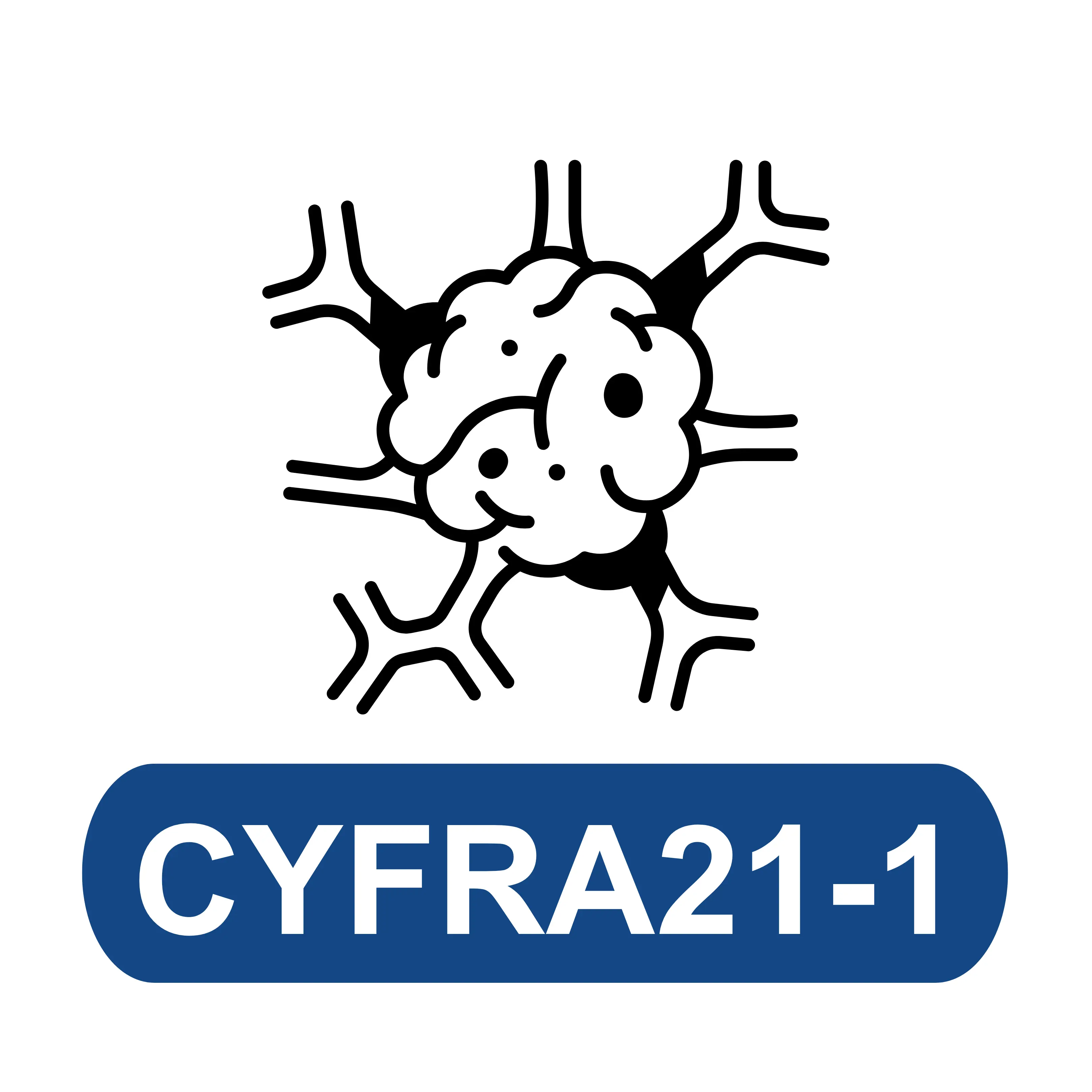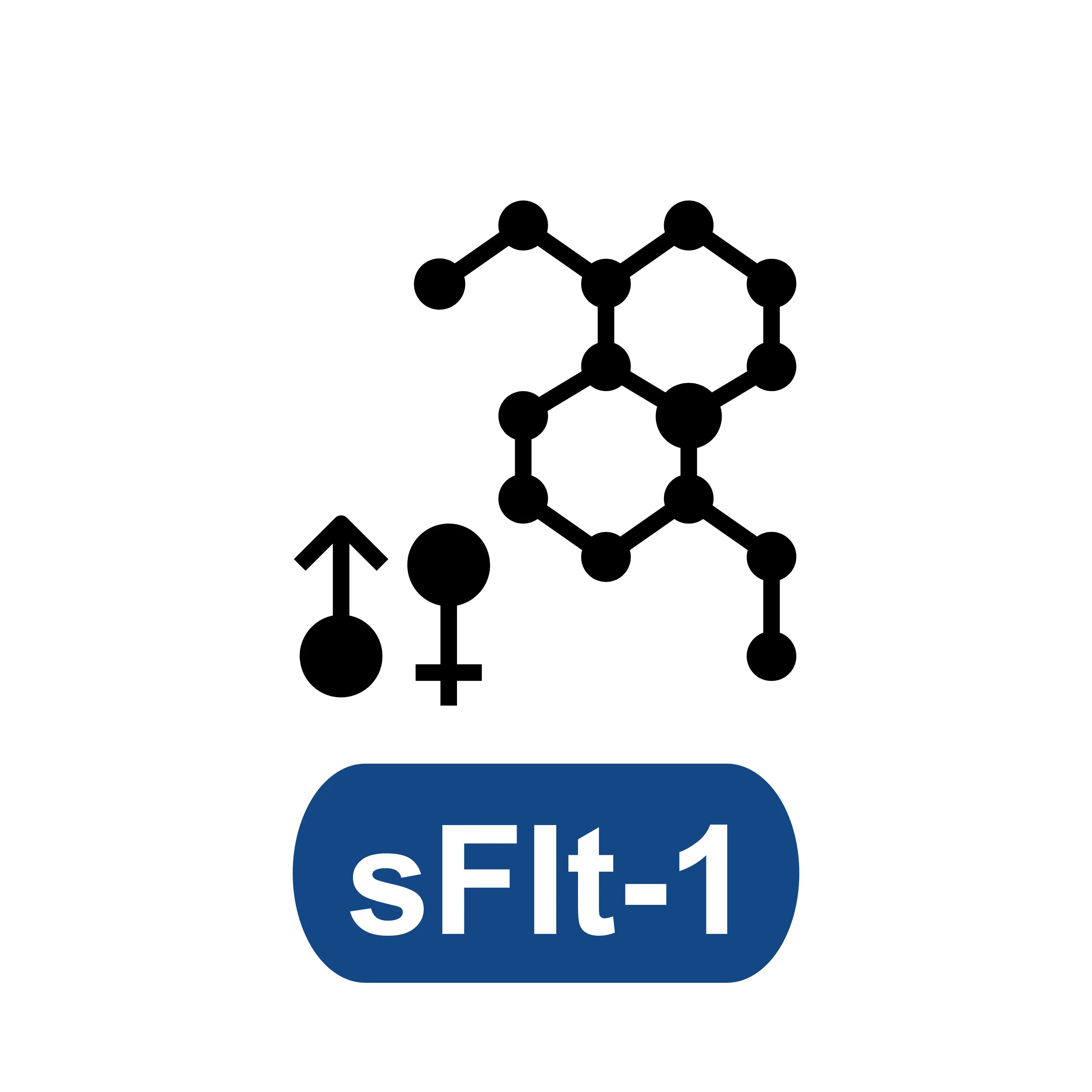Development of Fully Human Monoclonal Antibodies
The advent of humanization has basically solved the problem of human anti-mouse origin with monoclonal antibodies. From the original mouse monoclonal antibody technology to humanization technology, monoclonal antibodies have made rapid progress in the decades. With the continuous advancement of science and technology, monoclonal antibodies have entered a new stage of development: human-derived monoclonal antibodies. It mainly includes phage antibody library technology, humanized antibody preparation from transgenic mice, and ribosome display technology. With the development of biotechnology, the degree of humanization of antibodies is getting higher and higher, and the preparation of fully human monoclonal antibodies has been realized.
1. The mechanism of action of antibody drugs
(1) Direct action of antibodies:
Antibodies act as agonists or antagonists to activate or block receptors, induce apoptosis or mediate drug/toxicity agents.
(2) Immune-mediated cell killing mechanisms:
Including complement-mediated cytotoxicity (CDC), antibody-mediated cytotoxicity (ADCC), and T cell regulation.
(3) Vascular and stromal cell ablation:
By destroying or inhibiting angiogenesis, preventing tumor growth and metastasis, acting on vascular endothelial cells, affecting proliferation and apoptosis.
2. Small molecule antibody
(1) Fab antibodies:
Fab antibodies are Fab-only molecules, and the Fab segment consists of a complete light chain (constant region CL and variable region VLCL) and a heavy chain Fd segment (first constant region CH1 and variable region VH) through a disulfide bond. The dimer, divided into about one-third of the total antibody size, contains only one antigen-binding site.
(2) Fv antibodies:
Fv antibody is composed of only the variable regions of the light chain and heavy chain connected by non-covalent bonds. The smallest functional fragment of the antibody retains the intact antigen-binding site. Since non-covalent bonds connect this fragment, it has poor stability and is very easy to dissociate.
(3) Single chain antibodies:
The advent of single-chain antibodies solved the stability problem of Fv antibodies. It is formed by linking the variable regions of the light chain and the heavy chain with appropriate oligonucleotide sequences to form a single-chain molecule, so it is called a single-chain antibody.
(4) Single Domain Antibodies:
It only contains the variable region of the heavy chain, and its structure is smaller than the subunit of Fv. It is a molecule with antigen-binding activity. Single domain antibodies still have the same ability and stability to bind to antibodies compared with intact antibodies.
Related Immunoassays
- Cardiac Markers
-
Tumor Marker
-
PGII
-
G17
- CA50
-
CA125
- CA242
-
CA15-3
- CA19-9
- CA72-4
-
Pepsinogens I (PGI)
-
Human Epididymis 4 (HE4)
- Prostate-Specific Antigen (PSA)
- Squamous Cell Carcinoma (SCC)
- Neuron-Specific Enolase (NSE)
- Cytokeratin 19 Fragment (CYFRA21-1)
- Human Progastrin-releasing Peptide (ProGRP Tumor Marker)
- Protein Induced by Vitamin K Absence or Antagonist-II (PIVKA II Tumor Marker)
- Alpha-fetoprotein(AFP)
-
CEA
-
Human Chitinase 3-like 1
-
PGII
- Inflammatory Marker
- Infectious Disease
- Hormones
- Thyroid Function
- Glucose Metabolism
- Bone Marker
- Others
-
Heterophilic Blocking Reagent
- Animal Diagnostics

















